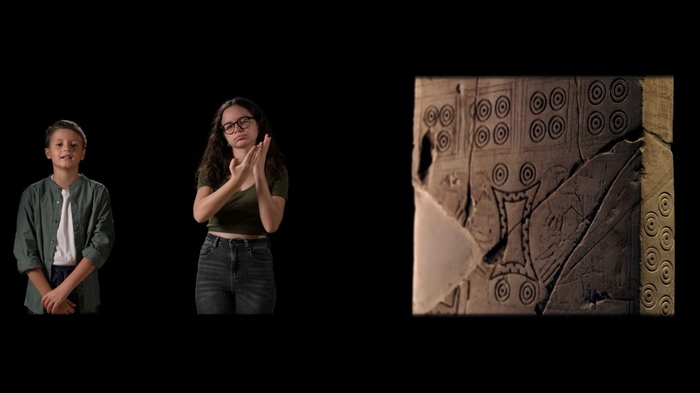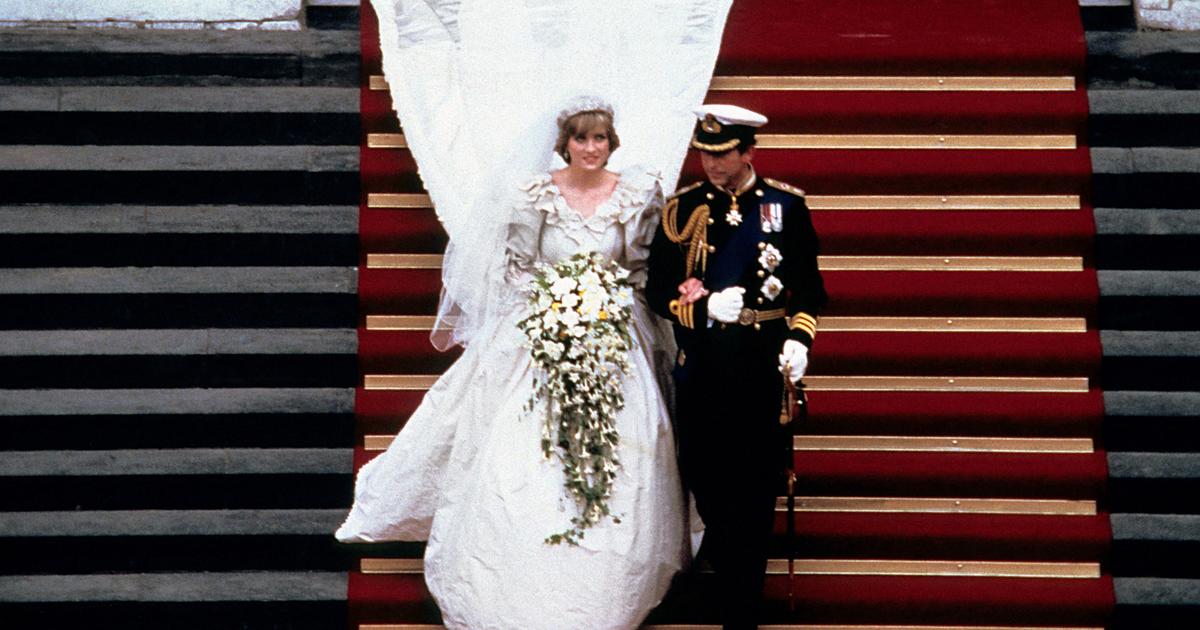After several years of waiting and repeated calls from associations and public figures, the Musée des féminismes, announced on March 8, will finally see the light of day.
It is the first of its kind in France.
Its objective: to tell a plural story, that of the various national and international movements to obtain equal rights between women and men.
Its opening is scheduled for 2027 at the University of Angers, where the Feminist Archives Center is already located.
It is more exactly within the university library of Belle-Beille that the future structure will be born.
Work will take place in 2025 and 2026 to transform the place.
In the meantime, a first exhibition has been announced for 2024, with a strong symbolic theme: “Women in the street”.
The museum has already acquired a first work dating from 1910,
Madame Maria Vérone à la tribune
, painted by Léon Fauret.
A painting obtained through crowdfunding and which was presented with great fanfare in Paris last week.
Read alsoFor women only: this new kind of tourism
To accompany the hatching of the project, the AFéMuse (anagram of Association for the prefiguration of the future museum of feminisms) was created last September.
Its co-president Christine Bard, historian of feminism and professor of contemporary history at the University of Angers, tells us more about the project.
LE FIGARO. - What was the genesis of this future museum of feminisms?
Christine Bard.
Several impulses motivated this project.
There was a first attempt in 2001-2002 to create a women's history museum.
The city of Paris adhered to the idea, took it up and let it fall.
Just before, we had created the Feminist Archives Center at the University of Angers, which today constitutes the basis of the museum's collections to come.
In 2004, we created MUSEA, a virtual museum on the history of women and gender, to bounce back from the failure in Paris.
Then, at the 20th anniversary of the Center des Archives du féminisme, we began to think with Nathalie Clot
(project leader of the feminism museum and director of the libraries and archives of the University of Angers, editor's note)
on ways to promote the place.
At the same time, in May 2022, Magali Lafourcade
(general secretary of the National Consultative Commission on Human Rights, editor's note)
published a column in
Le Monde
asking for the creation of a museum on feminist conquests.
I immediately contacted her and we spoke to her about Angers.
She was packed.
We said to ourselves that we could move forward with a dual organization: the University of Angers, which carries the initiative, and the AFéMuse association, which will help the university to find patrons, contribute to the scientific project and create a collective dynamic around this future museum.
And it works very well.
Christine Bard, historian of feminism and professor of contemporary history at the University of Angers, co-chairs the Association for the Prefiguration of the Future Museum of Feminisms (AFéMuse).
Laurence PRAT
You received a lot of positive reactions after the announcement of the creation of this museum. It was time ?
This museum fills a long-felt void.
Proof of this is that we have received all the essential support: the University of Angers, the Ministry of Culture and the Women's Foundation.
It is also part of the interministerial plan for equality between women and men
(which must be deployed by 2027, editor's note)
.
There is a momentum, partly driven by the media, but not only.
The success of the exhibition at Carnavalet “Parisiennes citoyennes!”, for which I was the external curator, prepared the ground.
This shows that there is public demand at all levels, especially at school level.
This type of exhibition allows another form of pedagogy and fills a huge gap in school textbooks.
Read alsoDestination Angers, a natural setting on the route of the Loire castles
Did the #MeToo movement accelerate the creation of this museum?
We are carried by a breaking wave.
The third feminist wave
(born in the 1990s, it denounces the systematization of violence against women, from harassment to femicide - Editor's note)
has a cultural, intellectual and academic character, which #MeToo has helped to energize.
The movement has greatly affected the youth.
But we are vigilant, because #MeToo is accompanied by a violent counter-movement, characterized by strong anti-feminist voices.
The fact that this museum is created within a university is important.
Universities are places of culture, not just places of education.
The library, in which the museum will be built, is also thought of as a place of meetings, conviviality, transmission and debates.
This with respect for the diversity and plurality of feminist voices.
Above all, the university allows a constant renewal of the public and an active participation of the students in the project.
There are several women's museums around the world.
Are they a source of inspiration?
There are about 80 women's museums in the world, united in an international association
(International Association of Women's Museums, in English)
.
There are quite a few on the history of feminisms.
They are often militant museums, attached to a cause, as in Japan.
The Women's Museum, in Tokyo, is very focused on the crimes committed against women by the Japanese during World War II.
It is a militant museum, which functions as a documentation center, with panels that present testimonies of the victims.
It is very interesting, but far from what we want to do.
In Washington, the National Museum of Women in the Arts houses an extraordinary collection of paintings by European and American women artists.
We are not in this situation either because it is an artistic museum.
Why did the museum take so long to come into being?
There is a form of French-style anti-feminism, including in intellectual circles who call themselves progressive.
The term "feminist" is still very stigmatized in France.
Moreover, centralization in our country means that much is expected of the state.
However, this is not where the most innovative ideas come from.
Society sometimes has to put a lot of pressure to get things moving.
In the world of museums, the road has been very long.
Gender and feminism issues took time to be discussed.
Also, in France, there is not yet a tradition of feminist patronage.
It is just beginning.
Feminist associations, with few financial means, have above all devoted themselves to other fights, such as support for victims of violence.
What are the next steps ?
Before the opening in 2027, we would like to realize two exhibitions.
The first, “Women in the Street”, will be inaugurated in the premises of the current BU, before the transformation works.
Then, the second will be outside the walls.
It will be a Franco-Quebec exhibition that will go from France to Montreal.
We want to develop a national and transnational dynamic.
The exhibitions will be itinerant or co-constructed with other structures.
We are, for example, going to forge links with the Mucem, in Marseille.
Angers will be the locomotive, but not everything will happen in the city.














